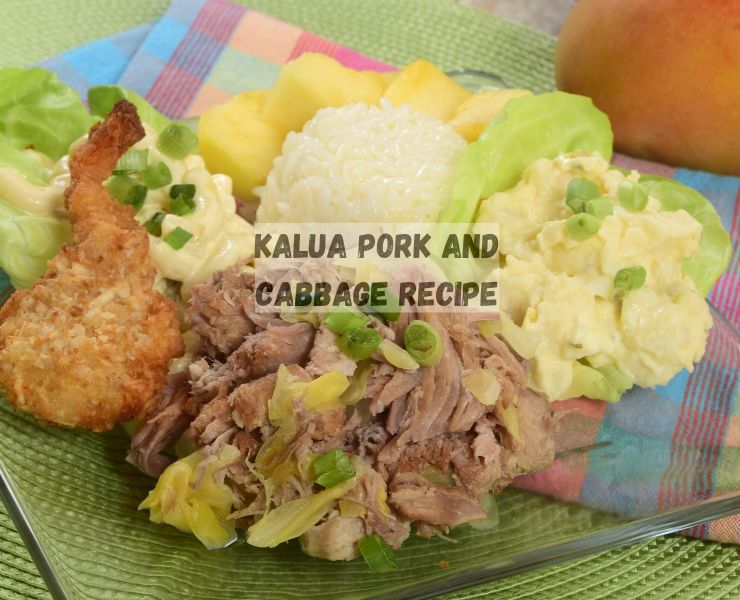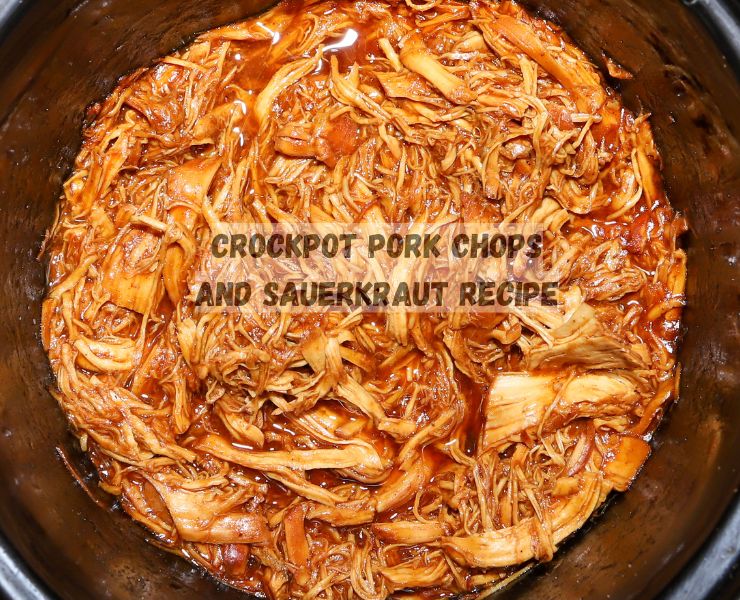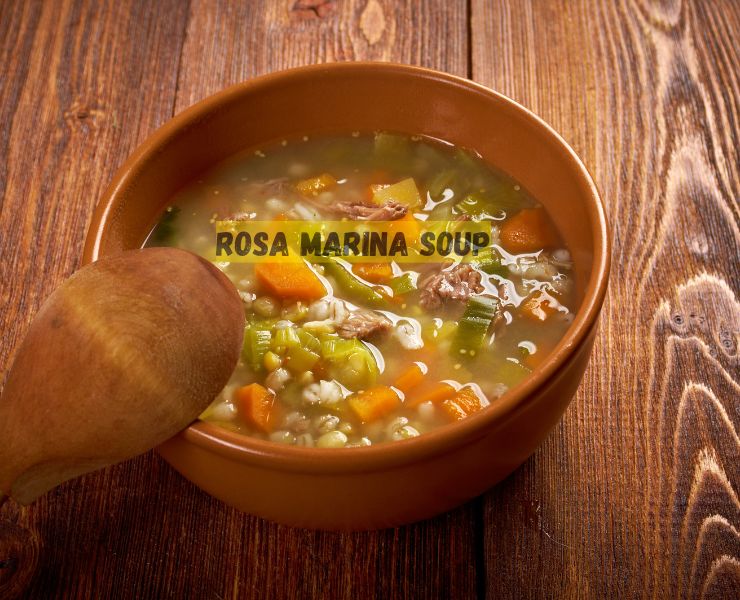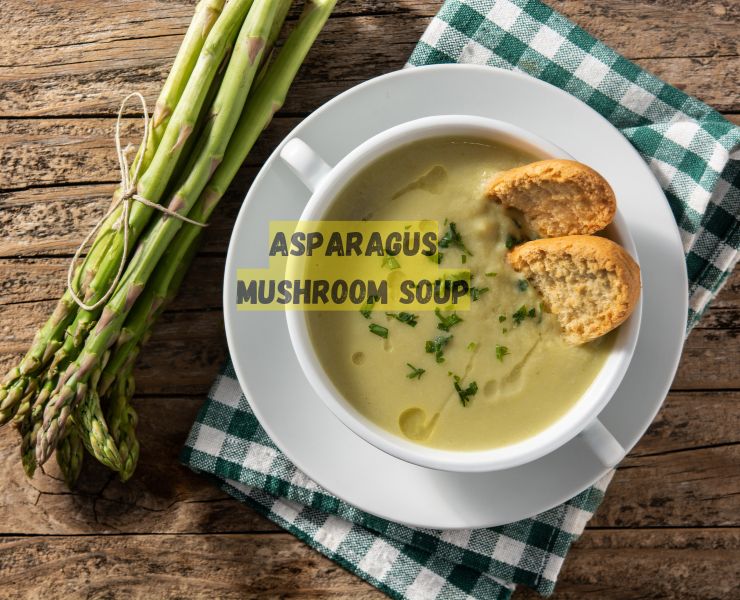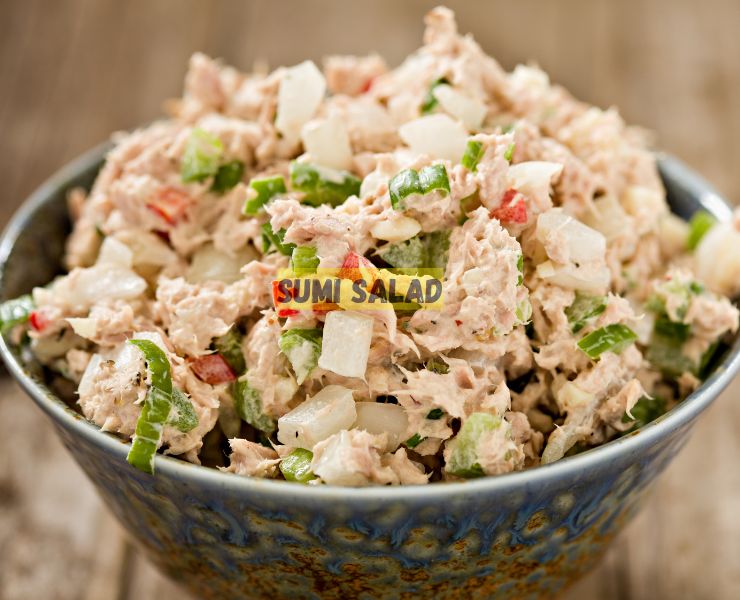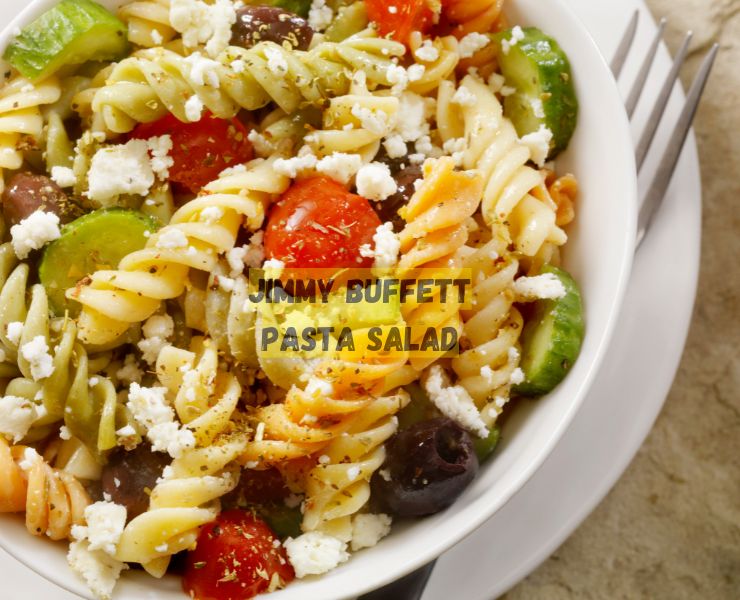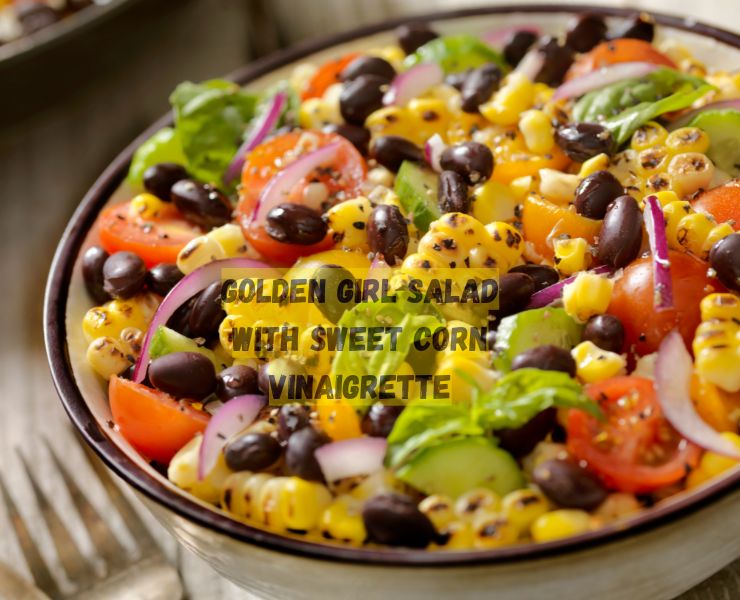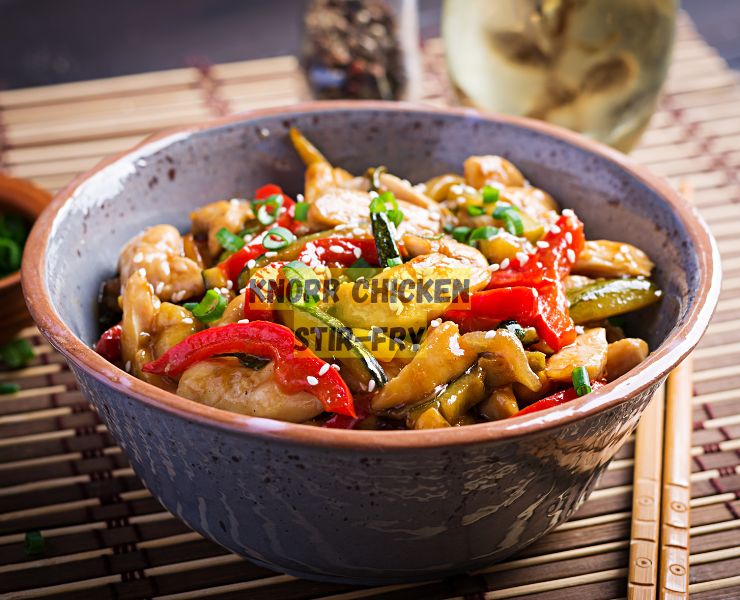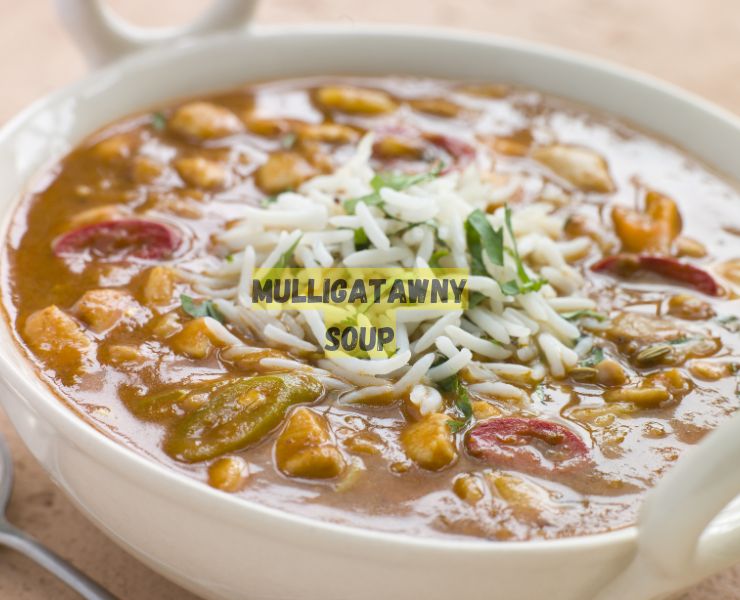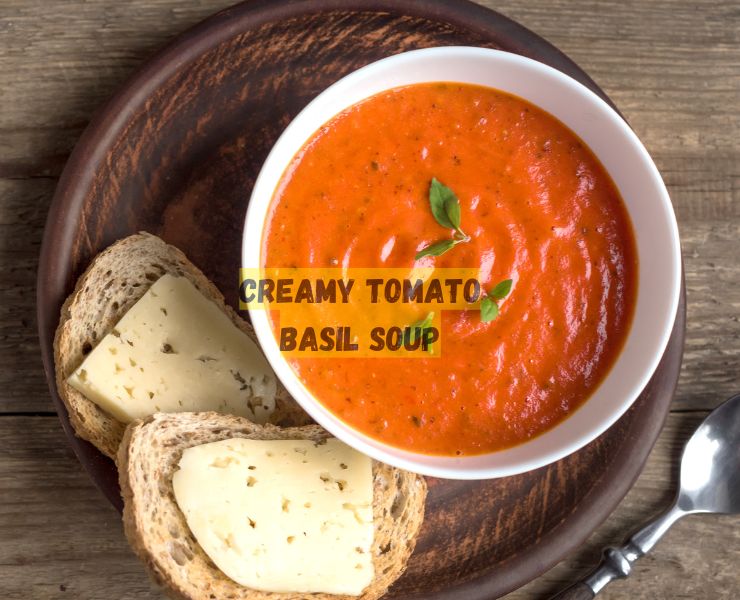Musubi Chicken combines the savory allure of teriyaki-glazed chicken with the compact convenience of sushi rice and nori seaweed. It’s a dish that tells a story of cultural fusion, where East meets West in a delightful culinary mix. We explore Musubi Chicken’s heart, its roots, and how you can bring this delicious snack into your kitchen.
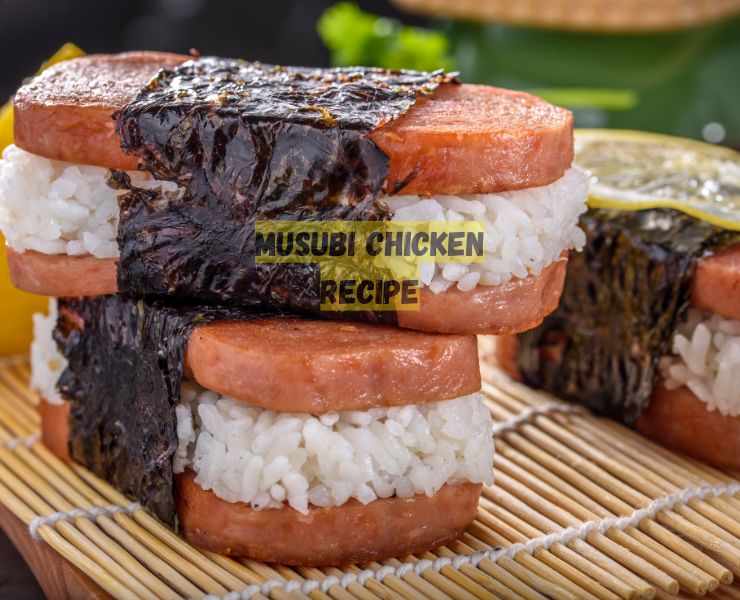
Preparing Your Musubi Chicken Ingredients
Quick Facts
| Course | Main Course / Snack |
| Cuisine | Hawaiian / Japanese Fusion |
| Difficulty | Easy |
| Servings | Four servings |
| Prep Time | 20 minutes |
| Cooking Time | 10 minutes |
| Calories | 350 per serving |
Ingredients
- 2 cups sushi or short-grain rice
- 1/4 cup rice vinegar
- 2 tablespoons sugar
- 1/2 teaspoon salt
- 4 chicken thighs, boneless and skinless
- 1/2 cup teriyaki sauce
- 4 sheets of nori seaweed
- 2 tablespoons cooking oil
- Optional: pickled radish, sesame seeds for garnish
Equipment Needed
You’ll need a few kitchen essentials to make Musubi Chicken at home. A rice cooker ensures your rice is perfectly sticky and ready for Musubi making. A non-stick pan is crucial for cooking the chicken to that golden-brown perfection. A Musubi press will be your best friend for shaping the Musubi, but in a pinch, they can from your Spam works just as well with both ends removed. Don’t forget a sharp knife for slicing, a basting brush for applying teriyaki sauce, and a cutting board for assembly.
Direction
- Cook the Rice: Rinse the rice until the water runs clear. Cook in a rice cooker with 2 cups of water. Once cooked, mix in rice vinegar, sugar, and salt while still hot. Let it cool to room temperature.
- Prepare the Chicken: Cut the chicken into thin slices. Marinate in teriyaki sauce for at least 15 minutes.
- Cook the Chicken: Heat oil in a pan over medium heat. Cook the chicken until golden brown and cooked through, about 3-4 minutes per side. Brush with additional teriyaki sauce while cooking for extra flavor.
- Assemble Musubi: Place a nori sheet on a flat surface. Place the Musubi mold in the center. Fill the mold halfway with rice and press down firmly. Add a slice of chicken, then top with another layer of rice. Press firmly again.
- Wrap It Up: Remove the mold. Fold the nori around the rice block, sealing the edge with water. Cut into bite-sized pieces if desired.
Note: If the rice sticks to the mold, wet it slightly before use. Always let the cooked ingredients cool before assembling to prevent the nori from getting soggy.
Expert Tips and Tricks
Insider Advice
Chefs and Musubi specialists emphasize the importance of balance and proportion. The ratio of rice to chicken should complement, not overwhelm. They suggest pressing the rice firmly but gently, ensuring it’s compact yet not too dense.
Common Mistakes to Avoid
One common pitfall is overcooking the chicken, which can lead to dryness. Another is using too wet or dry rice, affecting the Musubi’s texture. Lastly, ensure the nori is crisp by keeping it away from moisture until it’s ready to be wrapped around the Musubi.
Pairing and Serving Suggestions
Complementary Sides
Musubi Chicken pairs beautifully with a variety of sides. Pickled vegetables, such as cucumber or radish, add a refreshing crunch. A simple salad with a light vinaigrette can balance the teriyaki’s sweetness.
Beverage Pairings
Green tea is a classic drink choice, offering a clean, soothing counterpoint to the savory Musubi. Alternatively, a light beer or a crisp white wine can complement the dish’s rich flavors, making for a delightful dining experience.
Making Musubi Chicken Accessible
Where to Find Ingredients
Finding the right ingredients for Musubi Chicken might seem daunting at first. But it’s simpler than you think! Local Asian markets are goldmines for authentic items like nori seaweed and sushi rice. For those in areas where these markets are a rarity, fret not. Many supermarkets carry these ingredients in their international aisle. And if all else fails, the internet is your friend. Online retailers offer everything you need, often with suggestions for substitutes.
Substitutes are handy, especially when you’re in a pinch. Can’t find sushi rice? Try other short-grain varieties that offer a similar sticky texture. No teriyaki sauce? Mixing soy sauce, mirin, sugar, and a dash of ginger can save the day. It’s all about improvisation and making the recipe your own.
Musubi for Everyone
Musubi Chicken, at its heart, is a versatile dish that can be adapted to fit any dietary need. Vegetarian or vegan? Swap the chicken for tofu or a meatless alternative, marinated in the same savory teriyaki sauce. Gluten sensitivity? Gluten-free soy sauce and teriyaki are readily available.
The beauty of Musubi Chicken lies in its adaptability. The recipe can be tweaked to suit tastes, allergies, and dietary restrictions without losing its essence. This inclusivity makes it a beloved dish for gatherings, ensuring everyone can enjoy a piece of this culinary delight.
The Cultural Significance of Musubi Chicken
More Than Just Food
Musubi Chicken is more than just a snack or a meal. It’s a cultural ambassador. In Hawaii, where it’s most popular, Musubi Chicken symbolizes the melting pot of cultures that shape the islands. It’s a common sight at picnics, family gatherings, and even in schoolchildren and workers’ lunchboxes.
This dish represents comfort, community, and the sharing of cultures. Its simplicity and versatility make it a canvas for storytelling, where each variant tells a story of migration, adaptation, and fusion.
Musubi Around the World
As Musubi Chicken has traveled beyond its Hawaiian roots, it has taken on new forms. In Japan, its ancestral homeland, Musubi (often with Spam) is a beloved convenience store staple, symbolizing the fusion of American and Japanese post-war cultures. Across the Pacific, in places like Guam and the continental U.S., Musubi Chicken has been embraced by Asian American and Pacific Islander communities, serving as a nostalgic reminder of home.
Each adaptation of Musubi Chicken, from the choice of filling to the type of seasoning, reflects the local tastes and available ingredients, making it a global dish that’s deeply personal.
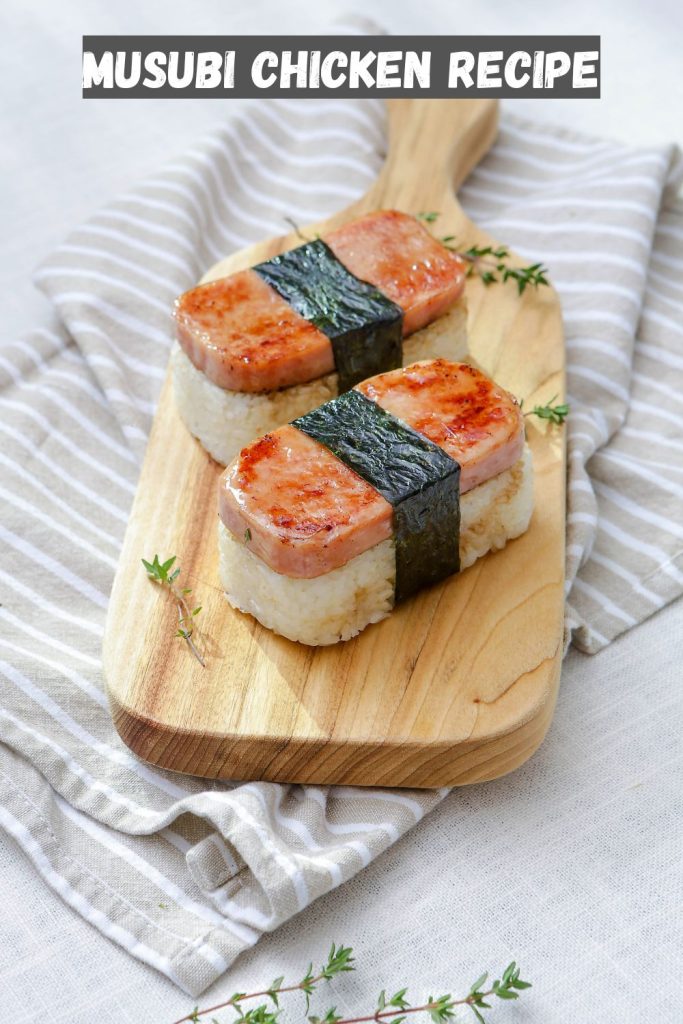
Nutrition Facts of Musubi Chicken
| Serving Size | 1 Musubi (150g) |
| Servings | 4 |
| Amount Per Serving | % Daily Value* |
| Calories | 350 |
| Total Fat | 8g |
| Saturated Fat | 2g |
| Cholesterol | 60mg |
| Sodium | 800mg |
| Total Carbohydrates | 50g |
| Dietary Fiber | 1g |
| Sugars | 8g |
| Protein | 20g |
| Vitamin D | 0mcg |
| Calcium | 20mg |
| Iron | 1.8mg |
| Potassium | 300mg |
*Percent Daily Values are based on a 2,000-calorie diet. Your daily values may be higher or lower depending on your calorie needs.
Next Up: Smoked Chicken Rub
Final Thought
Musubi Chicken is a dish that transcends borders, combining flavors, textures, and cultures in a compact, delicious package. It’s a testament to the power of food in connecting people, telling stories, and creating new traditions.

